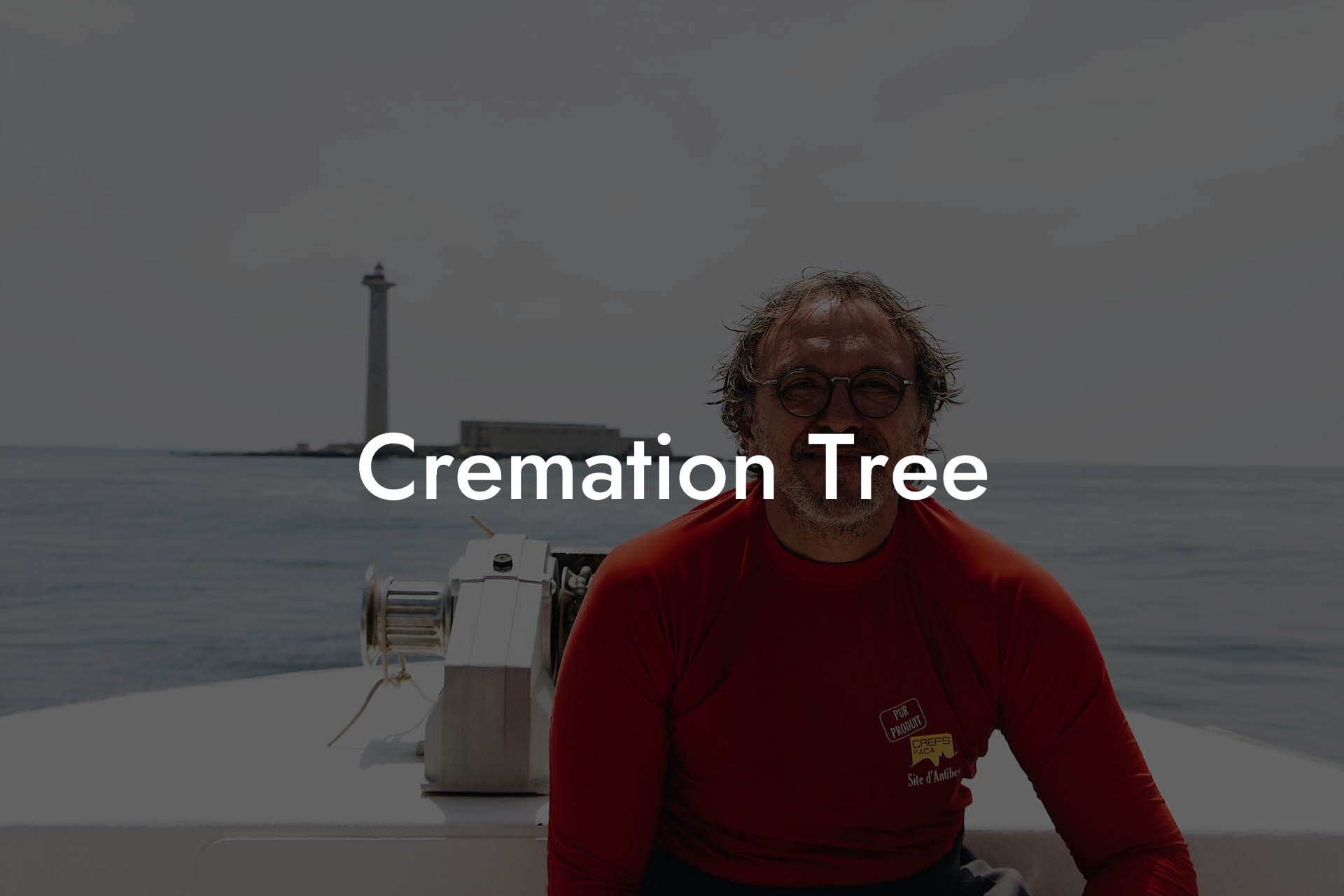Imagine a world where the passing of a loved one is not just a sorrowful event, but an opportunity to celebrate their life, honor their memory, and reconnect with nature. Welcome to the world of cremation, where the traditional funeral practices meet modern, eco-friendly, and personalized approaches to saying goodbye.
Quick Links to Useful Sections
What is a Cremation Tree?
A cremation tree is a unique and innovative way to memorialize a loved one. It's a biodegradable urn that contains the cremated remains of the deceased, which are then planted with a tree seed or sapling. As the tree grows, it becomes a living memorial, symbolizing the cycle of life, death, and rebirth.
Cremation trees have gained popularity in recent years, especially among environmentally conscious individuals who want to reduce their carbon footprint. By choosing a cremation tree, you're not only honoring your loved one but also giving back to the planet.
The Benefits of Cremation Trees
Cremation trees offer a range of benefits, from environmental sustainability to emotional healing. Here are some of the advantages of choosing a cremation tree:
- Environmental Sustainability: Cremation trees are a eco-friendly alternative to traditional burials, which can contribute to land pollution and resource depletion.
- Personalized Memorialization: A cremation tree can be planted in a location that holds special meaning to the deceased, such as a favorite park or backyard.
- Emotional Healing: Watching a tree grow and flourish can be a powerful symbol of healing and closure for grieving families.
- Cost-Effective: Cremation trees are often less expensive than traditional funeral services, making them a more affordable option for families.
Types of Cremation Trees
There are various types of cremation trees to choose from, each with its unique characteristics and benefits. Here are some popular options:
- Oak Trees: Symbolizing strength and longevity, oak trees are a popular choice for cremation trees.
- Willow Trees: Known for their flexibility and resilience, willow trees are often chosen for their ability to thrive in challenging environments.
- Cedar Trees: With their distinctive aroma and natural resistance to pests, cedar trees are a popular choice for cremation trees.
The Process of Planting a Cremation Tree
Planting a cremation tree is a simple yet meaningful process that can be done with the help of a funeral home or a cremation service provider. Here's an overview of the steps involved:
- Cremation: The deceased is cremated, and the ashes are collected in a biodegradable urn.
- Tree Selection: The family chooses a tree species and a location for planting.
- Planting: The urn is planted with the tree seed or sapling, and the area is marked with a memorial plaque or stone.
Cremation Tree FAQs
Here are some frequently asked questions about cremation trees:
1. Can I plant a cremation tree in a cemetery?
Yes, many cemeteries now offer cremation tree options. However, it's essential to check with the cemetery's policies and regulations beforehand.
2. How long does it take for a cremation tree to grow?
The growth rate of a cremation tree depends on the tree species, climate, and soil conditions. On average, it can take 5-10 years for a tree to reach maturity.
3. Can I plant multiple cremation trees?
Yes, you can plant multiple cremation trees, either in the same location or in different locations. This can be a meaningful way to honor multiple loved ones.
4. Are cremation trees environmentally friendly?
Yes, cremation trees are a sustainable and eco-friendly option. They reduce the carbon footprint associated with traditional burials and promote reforestation.
Resources and Community Support: Your Next Steps
If you're considering a cremation tree for a loved one, here are some resources and community support options to help you navigate the process:
- Cremation Service Providers: Reach out to local cremation service providers who offer cremation tree options.
- Online Communities: Join online forums and support groups for families who have chosen cremation trees.
- Funeral Homes: Consult with funeral homes that offer cremation tree services and can provide guidance on the process.

